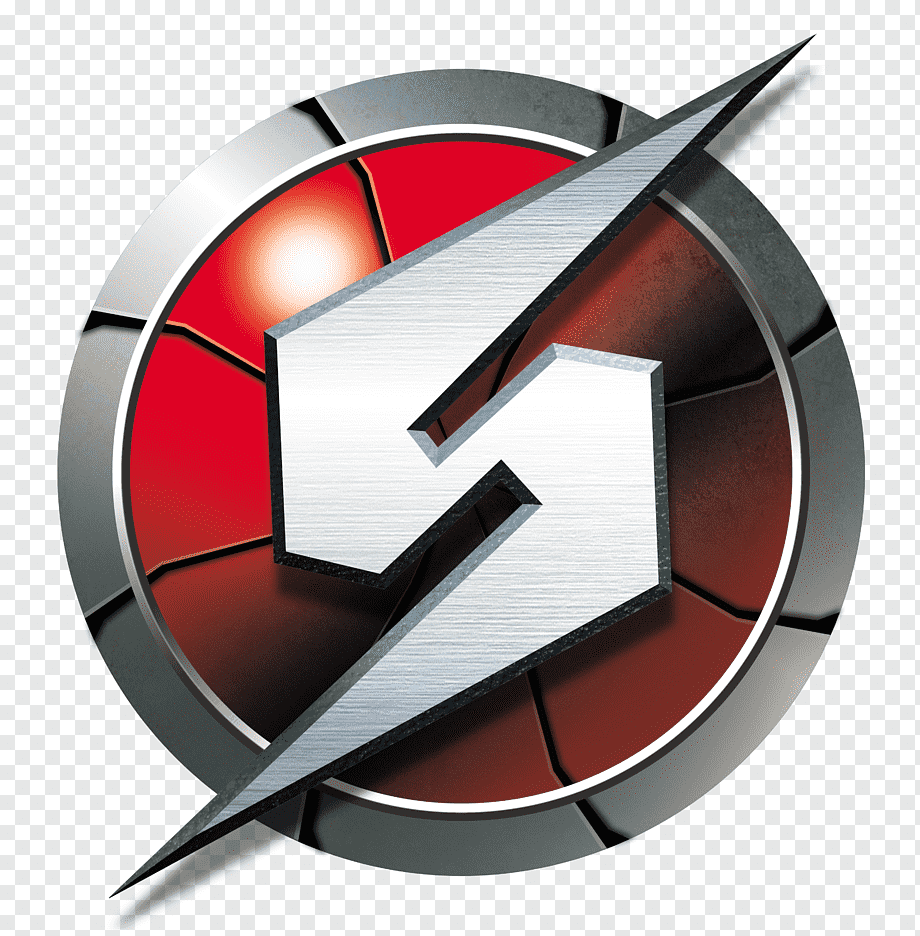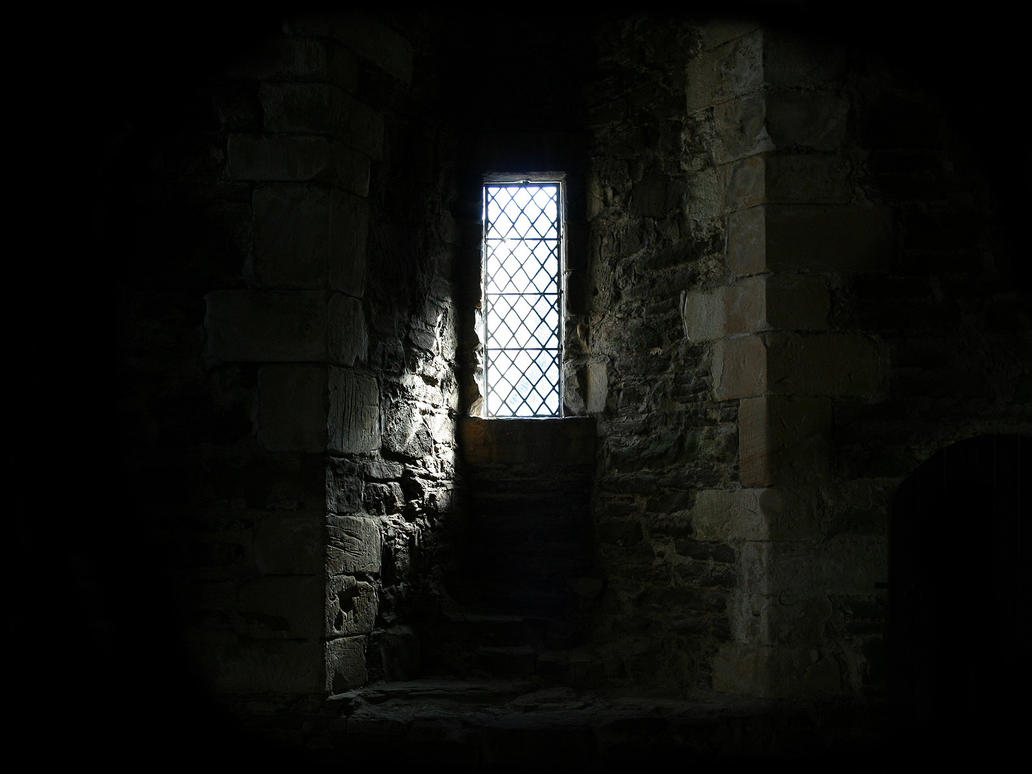That’s a lot of porn. And possibly other stuff, too.
I’m gonna need like 6 of these
Sorry but without a banana for scale it’s hard to tell how big it really is
36 Typical Bananas
That quite large then.
I wonder how many pictures of nude bananas you could fit inside??
no thanks Seagate. the trauma of losing my data because of a botched firmware with a ticking time bomb kinda put me off your products for life.
see you in hell.
Can someone recommend me a hard drive that won’t fail immediately? Internal, not SSD, from which cheap ones will die even sooner, and I need it for archival reasons, not speed or fancy new tech, otherwise I have two SSDs.
My WD Red Pros have almost all lasted me 7+ years but the best thing (and probably cheapest nowadays) is a proper 3-2-1 backup plan.
If you’re relying on one hard drive not failing to preserve your data you are doing it wrong from the jump. I’ve got about a dozen hard drives in play from seagate and WD at any given time (mostly seagate because they’re cheaper and I don’t need speed either) and haven’t had a failure yet. Backblaze used to publish stats about the hard drives they use, not sure if they still do but that would give you some data to go off. Seagate did put out some duds a while back but other models are fine.
Hard drives aren’t great for archival in general, but any modern drive should work. Grab multiple brands and make at least two copies. Look for sales. Externals regularly go below $15/tb these days.
Word for the wise, those externals usually won’t last 5+ years of constant use as an internal.
but then wd and their fake red nas drives with smr tech?
what else we have?
Wait… fake? I just bought some of those.
they were selling wd red (pro?) drives with smr tech, which is known to be disastrous for disk arrays because both traditional raid and zfs tends to throw them out. the reason for that is when you are filling it up, especially when you do it quickly, it won’t be able to process your writes after some time, and write operations will take a very long time, because the disk needs to rearrange its data before writing more. but raid solutions just see that the drive is not responding to the write command for a long time, and they think that’s because the drive is bad.
it was a few years ago, but it was a shitfest because they didn’t disclose it, and people were expecting that nas drives will work fine in their nas.
I’ve had a couple random drop from my array recently, but they were older so I didn’t think twice about it. Does this permafry them or can you remove from the array and reinitiate for it to work?
Elaborate please?
In my case, 10+years ago I had 6 * 3tb Seagate disks in a software raid 5. Two of them failed and it took me days to force it back into the raid and get some of the data off. Now I use WD and raid 6.
I read 3 or 4 years ago that it was just the 3tb reds I used had a high failure rate but I’m still only buying WDs
Thanks, yeah that makes sense.
Pretty sure I had a bigger hard drive than that for my Amiga. You could have broken a toe if you’d dropped it.
Makes me shudder. I have to replace a drive in my array, because it is degraded. It’s a 4TB. Imagine having to replace one of these. I’d much rather have a bunch of cheaper drives, even if they are a bit more expensive per TB, because the replacement cost will eventually make the total cost of ownership lower.
Also, repeat with me: “Please give me a Toshiba or Hitachi, please”
Until you run out of ports or cage space 😂
deleted by creator
with this I can store at least 3 modern “AAA” games
Oh definitely, game sizes are getting extreme and I prefer smaller indie games now 🥲
More like zero, cause modern AAA games require an NVME (or at least an SSD) and this is a good old fashioned 7200 RPM drive.
Surely no games actually require a SSD?
A lot of modern AAA games require an SSD, actually.
On top of my head: Cyberpunk, Marvel’s Spider-Man 2, Hogwarts Legacy, Dead Space remake, Starfield, Baulder’s Gate 3, Palworld, Ratchet & Clank: Rift Apart
Cyberpunk literally has an HDD mode, I play it of an HDD every day.
With sufficient ram to load everything in you’ll just have longer load times, no hdd hitchiness
Both Cyberpunk and BG3 work flawlessly on the external USB hard drive that I use. The loading times suffer a bit, but not to an unplayable degree, not even close
Indeed, as others have said this isn’t a hard requirement. Anyone with a handheld (e.g. Steam Deck) playing off a uSD card uses a device that’s an order of magnitude slower for sequential I/O
It’s not a hard requirement.
But it is a hard drive requirement.
They stream data from it while you play, so if you don’t have an SSD you’ll get pauses in game play.
Sure, you might.
But Baulder’s Gate 3 for example, which claims to require an SSD in it’s system requirements runs just fine on a HDD.
It’s just the developer making sure you get optimal performance.
I can personally guarantee that it is a hard requirement for Spider-Man and Ratchet
That’s not how computers work, but sure bro.
Is Seagate still producing shitty drives that fail a few days after the warranty expired?
Some models are quite a bit worse than average while some are on par with competition

Mine have been going strong for five years. Ironwolf Pros.
Hey, they told you how long they expected it to last 😅
Fair point. But still pretty bad. Literally two days after the warranty expired my Seagate drive was broken. This was my first and only Seagate drive. Never again.
Meanwhile my old Western Digital drive is still kicking way beyond it’s warranty. Almost 10 years now.
I wanna fuck this HDD. To have that much storage on one drive when I currently have ~30TB shared between 20 drives makes me very erect.
Average Lemmy user
Ain’t nothing about me is average except for the size of my cock.
Your array sounds pretty average to be fair
nephew
Why did they make an enterprise grade drive SMR? I’m out.

Because they simply cannot do it otherwise.
That’s fine…they don’t need to release it under their Exos line of enterprise drives. SMR don’t do well in raid arrays especially not highly utilized ones. They require idle time to cleanup and the rebuild times are horrendous.
SMR is designed for enterprise raid that is SMR-aware.
I’m not aware of any open-source zoned storage raid but I think Ceph is planning to add support next month.
There are a number of enterprise storage systems optimized specifically for SMR drives. This is targeting actual data centers, not us humble homelabbers masquerading as enterprises.
humble homelabbers masquerading
LMAO!!
For affordable set it and forget it cold storage, this is incredible. For anything actively being touched, yeah definitely a pass.
Hello! 👋
Why does this have so many up votes
Check the post title ;)
Hello
Hello
Are people still mining chia ?
Seagate so how long before it fails?
In my experience, not all Seagates will fail but most HDD’s that fail will be Seagates.
Because Seagate sell the most drives and all drives fail?
The thing is I’m a data hoarder who buys lots of HDD’s; both new and used. I have only bought a few Seagates. It’s always the Seagates that are fucked. I had a Toshiba and Western Digital fail on me but I have had 5 Seagates fail on me. Could be a coincidence, sure but the brand I have bought the fewest of had the most failures. I recognize this is not scientific in any way. I recently bought a brand new 8TB Seagate Barracuda and its still going strong. I hope if lasts a good while. My oldest drive is a 1TB Hitachi (RIP) from 2008. I can’t wait for 8TB SSD’s to become cheaper.
Nah, as a fellow data hoarder you’re 100% correct. I have a couple of dozen disks, and I’ve had failures from both Seagate and WD, but the Seagates have failed much more often. For the past couple of years, I’ve only purchased WD for this reason. I’m down to two Seagate drives now.
I feel like many people with a distaste for WD got burned by the consumer drives (especially the WD Greens). WD’s DC line is so good though, especially HC530.
I mostly buy new Toshiba drives now. The WD blue drives are fine. I have a few of them. I have a WD red that is reporting surface errors, it’s still going and the number of errors hasn’t increased so I’m not stressing replacing it. Also, btrfs gives me peace of mind because I can periodiclly check if my filesystem has corrupted data.
Any hint about the ironwolfs?
About 3 hours.
It comes with three monkeys inside for redundancy:

At least it’s not a WD POS
Do people actually use such massive hard drives? I still have my 1 TB HDD in my PC (and a 512 GB SSD), lol.
This is an enterprise drive, so it’s useful for any usecase where a business needs to store a lot of lightly used data, like historical records that might be accessed infrequently for reporting and therefore shouldn’t get be transfered to cold storage.
For a real world example, the business I’m currently contracting at is legally required to retain safety documentation for every machine in every plant they work in. Since the company does contract work in other people’s plants that’s hundreds of PDFs (many of which are 50+ page scans of paper forms) per plant and hundreds of plants. It all adds up very quickly. We also have a daily log processes where our field workers will log with photographs all of their work every single workday for the customer. Some of these logs contain hundreds of photographs depending on the customer’s requirements. These logs are generated every day at every plant so again it adds up to a lot of data being created each month
Data hoarders could be happy, but otherwise it’s mostly enterprise use.
Still, I personally hold about 4 TB of files, and I know people holding over 30 TB.
As soon as your storage needs exceed 1-2 games and a bunch of old photos, demand for space raises quickly.
I have 50t of data total : archival, old project, backups, backups of my physical medias, etc
Well, largest this week. And
Yeah, $800 isn’t a small chunk of change, but for a hard drive of this capacity, it’s monumentally cheap.
Nah, a 24TB is $300 and some 20TB’s are even lower $ per TB.
I bought 8TB for something like $300. 36TB seems quite attractive.
Depends on your use case. The linked drive according to seagate’s spec sheet is only rated for about ~6.5 power-on hours per day(2400 per year). So if just in your desktop for storage then sure. In an always (or mostly) on NAS then I’d find a different drive. It’ll work fine but expect higher failure rates for that use.
I paid $600+ for a 24 TB drive, tax free. I feel robbed. Although I’m glad not to shop at Newegg.
Yes, fuck Newegg (and amazon too). I’ve been using B&H for disks and I have no complaints about them. They have the Seagate Ironwolf Pro 24TB at $479 currently, but last week it was on sale for $419. (I only look at 5yr warranty disks.)
I was not in a position to take advantage as I’ve already made my disk purchase this go around, so I’ll wait for the next deep discount to hit if it is timely.
I hate amazon but haven’t been following stuff about newegg and have been buying from them now and then. No probs so far but yeah, B&H is also good. Also centralcomputer.com if you are in the SF bay area. Actual stores.
Newegg was the nerd’s paradise 10+ years ago. I would spend thousands each year on my homelab back then. They had great customer service and bent over backwards for them. Then they got bought out and squeezed and passed that squeeze right down to the customers. Accusing customers of damaging parts, etc. Lots of slimeball stuff. They also wanted to be like amazon, so they started selling beads, blenders and other assorted garbage alongside tech gear.
After a couple of minor incidents with them I saw the writing on the wall and went to amazon who were somewhat okay then. Once amazon started getting bad, I turned to B&H and fleaBay. I don’t buy as much electronic stuff as I used to, but when I do these two are working…so far.
What is B&H?
I’ve recently bought a series of 24TB drives from both Amazon and Newegg. Each one I got was either DOA or shortly thereafter. I just gave up but I would love to have a better source.
https://www.bhphotovideo.com/c/product/1809439-REG/seagate_st24000nt002_ironwolf_pro_22tb_3_5.html
They are a retailer in NYC. Their specialties (historically) lie in photography and all the tech surrounding that.
Omg I really have been out of the loop. I originally filled my 8 bay NAS with 6tb drives starting back in 2018. Once they would fill, i added another. 3 years ago, I finally ran out of space and started swapping out the 6tb for 10tb. Due to how it works, I needed to do 2 before I saw any additional space. I think i have 3 or 4 now, and the last one was 2 years ago. They did cost around $250 at the time, and I think i got 1 for just over $200. The fact that I can more than double that for only $300 is crazy news to me. Guess I am going to stop buying 10tb now. The only part that sucks is having to get 2 up front…
I got some 16TB drives recently for around $200 each, though they were manufacturer recertified. Usually a recertified drive will save you 20-40%. Shipping can be a fortune though.
EDIT: I used manufacturer recertified, not refurbished drives.
Refurbished drives sound scary. Any data to point towards that not being a problem?
As mentioned by another user, all drives fail, it’s a matter of when, not if. Which is why you should always use RAID arrangement with at least one redundant drive and/or have full backups.
Ultimately, it’s a money game. If you save 30% on a recertified drive and it has 20% less total life than a new one, you’re winning.
Here’s where I got some.
https://serverpartdeals.com/collections/manufacturer-recertified-drives
I looked around a bit, and either search engines suck nowadays (possibly true regardless) or there are no independent studies comparing certified and new drives.
All you get mostly opinion pieces or promises by resellers that actually, their products are good. Clearly no conflict of interest there. /s
The best I could find was this, but that’s not amazing either.
What I do is look at backblaze’s drive stats for their new drives, find a model that has a good amount of data and low failure rate, then get a recertified one and hope their recertification process is good and I don’t get a lemon.
I would absolutely not use refurbs personally. As part of the refurb process they wipe the SMART data which means you have zero power-on hours listed, zero errors, rewrite-count, etc - absolutely no idea what their previous life was.
Thanks! It seems too risky for something like a hard drive.
If you’ve got a RAID array with 1 or 2 parity then manufacturer recertified drives are fine; those are typically drives that just aged out before being deployed, or were traded in when a large array upgraded.
If you’re really paranoid you should be mixing mfg dates anyway, so keep some factory new and then add the recerts so the drive pools have a healthy split.
Yep staggering manufacturing dates is a good suggestion. I do it but it does make purchasing during sales periods to get good prices harder. Better than losing multiple drives at once, but RAID needs a backup anyway and nobody should skip that step.
I mean a backup of a RAID pool is likely just another RAID pool (ideally off-site) – maybe a tape library if you’ve got considerable cash.
Point is that mfg refurbs are basically fine, just be responsible, if your backup pool runs infrequently then that’s a good candidate for more white label drives.














